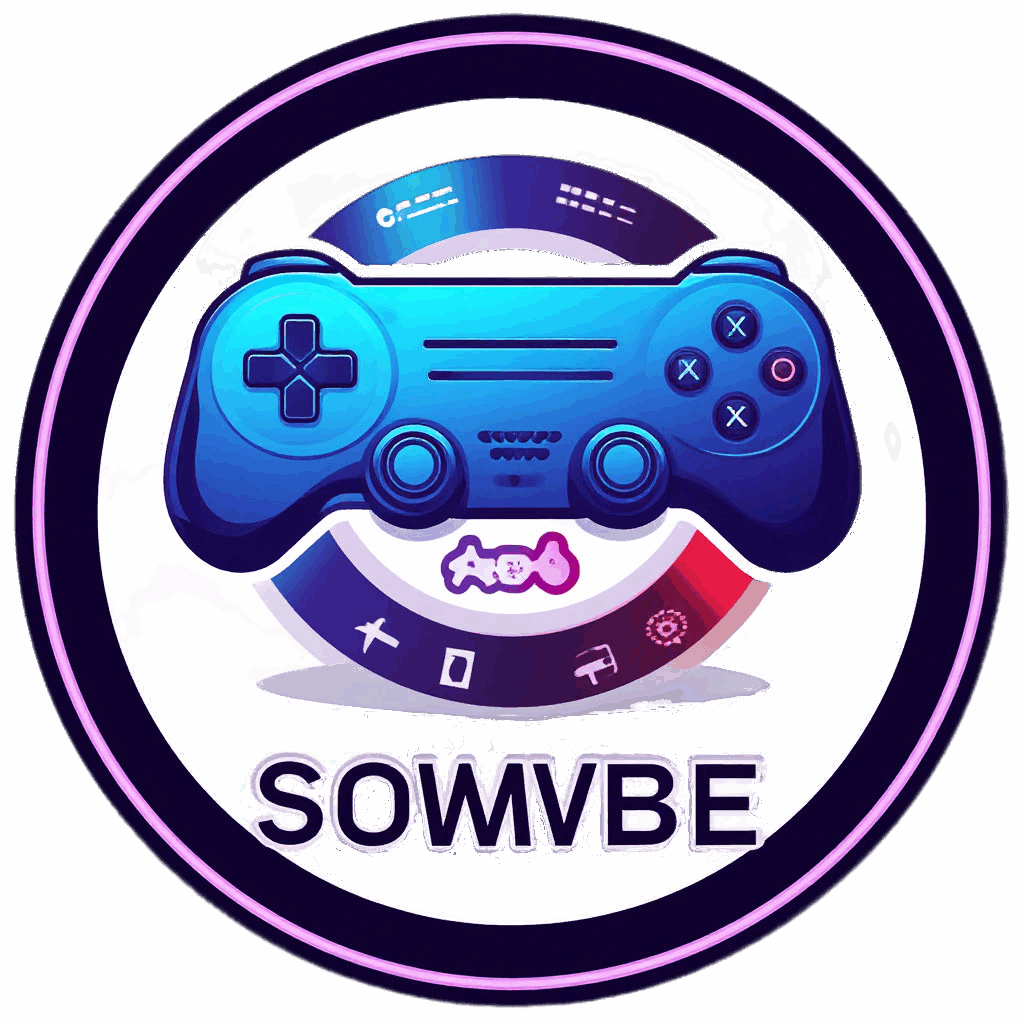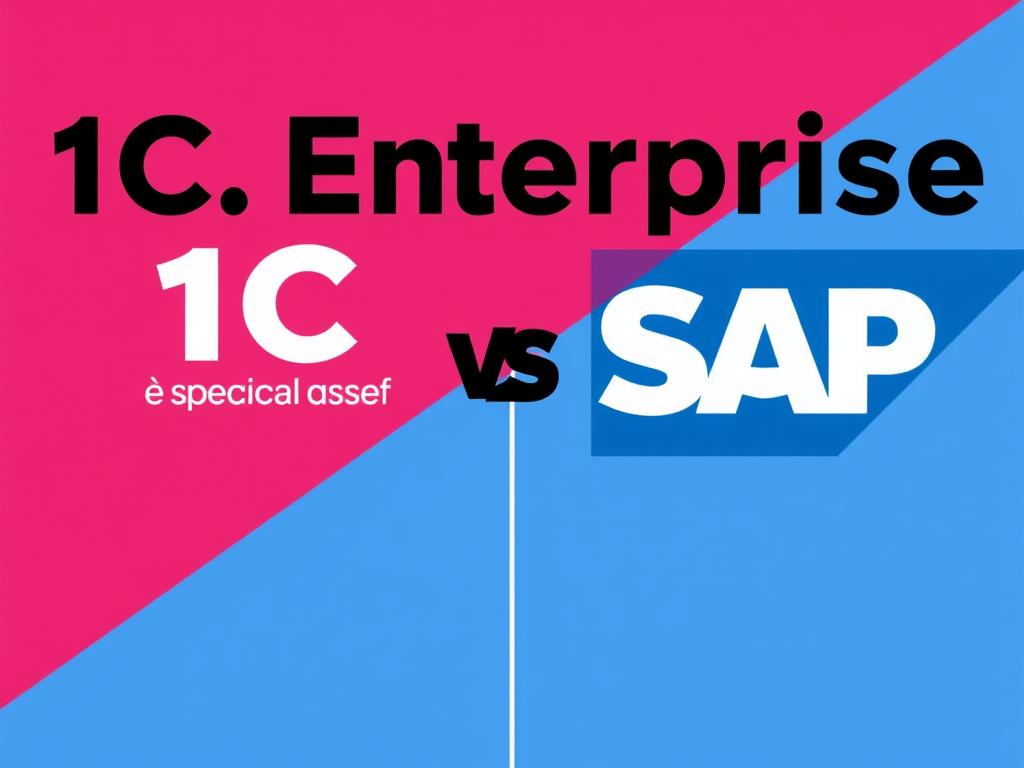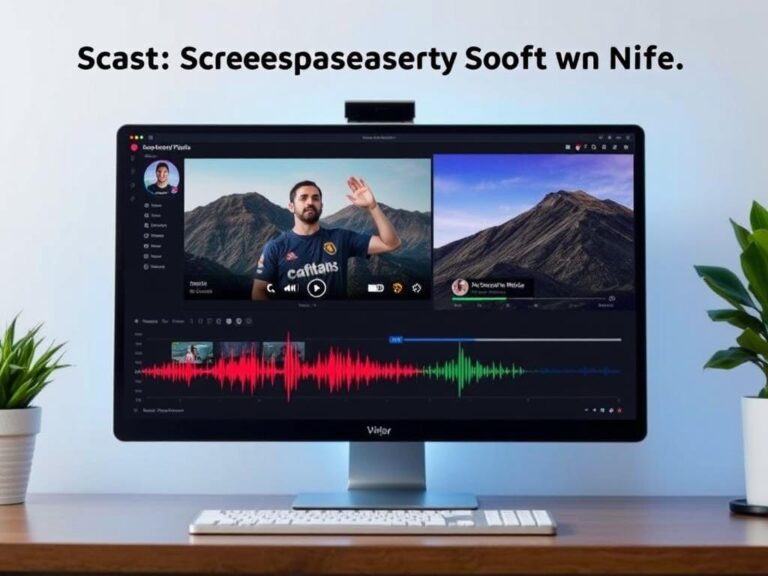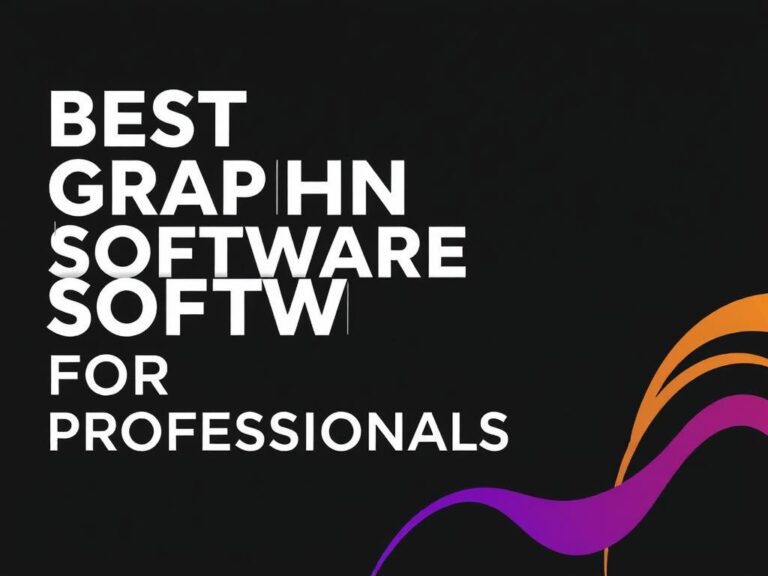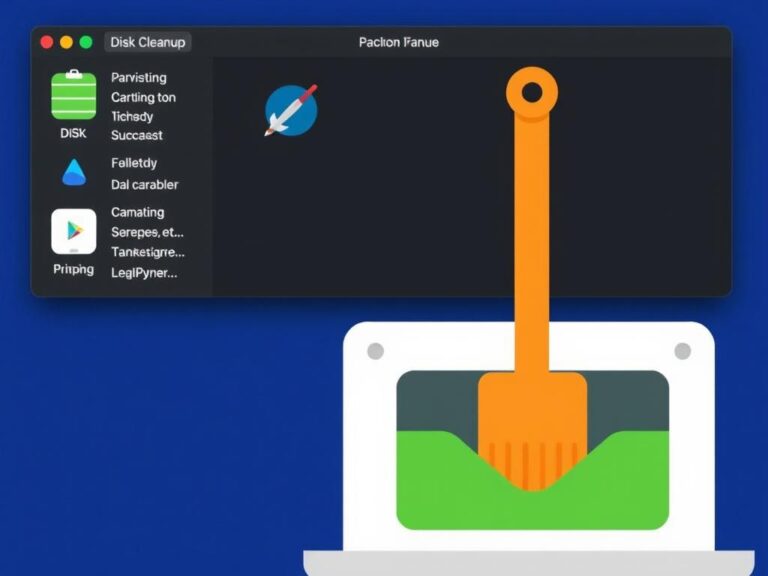1C:Enterprise vs. SAP: Business Software Comparison
When it comes to business management software, two names often surface in discussions: 1C:Enterprise and SAP. Both platforms promise to streamline operations, boost efficiency, and support decision-making for companies of all sizes. However, choosing between 1C:Enterprise vs. SAP is not a straightforward task. Each solution offers unique features, strengths, and potential drawbacks depending on business needs, budget, and operational scale. If you’re a business owner or IT manager considering these platforms, you’re in the right place. This comprehensive article will dive deep into a detailed business software comparison, highlighting what sets 1C:Enterprise and SAP apart, their benefits, challenges, and which types of companies might find each software more suitable.
Understanding 1C:Enterprise and SAP: What Are They?
Before we jump into the nitty-gritty of the 1C:Enterprise vs. SAP debate, let’s start with the basics.
1C:Enterprise is a business automation platform developed by the Russian company 1C. Known for its flexibility and affordability, the platform is extremely popular in Russia, Eastern Europe, and parts of Asia. It offers a wide array of business management tools, from accounting and inventory control to CRM and manufacturing management. It’s touted for its customizable architecture that allows companies to tailor the software closely to their specific workflows.
On the flip side, SAP is a global leader in enterprise resource planning (ERP) software. Founded in Germany, SAP caters to large, multinational corporations with complex business processes spread across different industries. SAP’s suite of applications covers nearly every aspect of business operations, including finance, supply chain, procurement, human resources, and analytics. Known for its scalability and robustness, SAP is often the go-to choice for enterprises requiring sophisticated, integrated solutions.
Core Features: 1C:Enterprise vs. SAP
Let’s compare the core features that define 1C:Enterprise and SAP, giving you a clearer understanding of what they offer out-of-the-box.
| Feature | 1C:Enterprise | SAP |
|---|---|---|
| Accounting & Finance | Comprehensive accounting, tax compliance for localized markets, flexible financial reporting | Advanced global financial management, multi-currency and multi-GAAP support, complex financial consolidation |
| Manufacturing & Inventory | Basic production planning, inventory tracking, warehouse management | Full manufacturing execution systems, advanced materials planning (MRP II), warehouse automation |
| Customer Relationship Management (CRM) | Integrated CRM modules with sales and marketing automation | Comprehensive CRM with analytics, customer insights, and omnichannel support |
| Human Resources | Payroll and personnel recordkeeping | Extensive HR management, talent management, recruitment, and workforce analytics |
| Customization & Development | Strong customization platform with scripting language and visual designer tools | Highly complex customization via ABAP programming and multiple APIs |
| Deployment Options | On-premise, cloud, hybrid | On-premise, cloud, hybrid with SAP S/4HANA |
| Support & Community | Active regional communities, localized support | Extensive global support network, large user community, partner ecosystem |
As we see, 1C:Enterprise excels in localized adaptability and cost-effectiveness, particularly useful for companies with specific regional tax and accounting rules. SAP shines with its broad, deep functionality supporting complex and global operations.
Pricing: Which Solution Is More Cost-Effective?
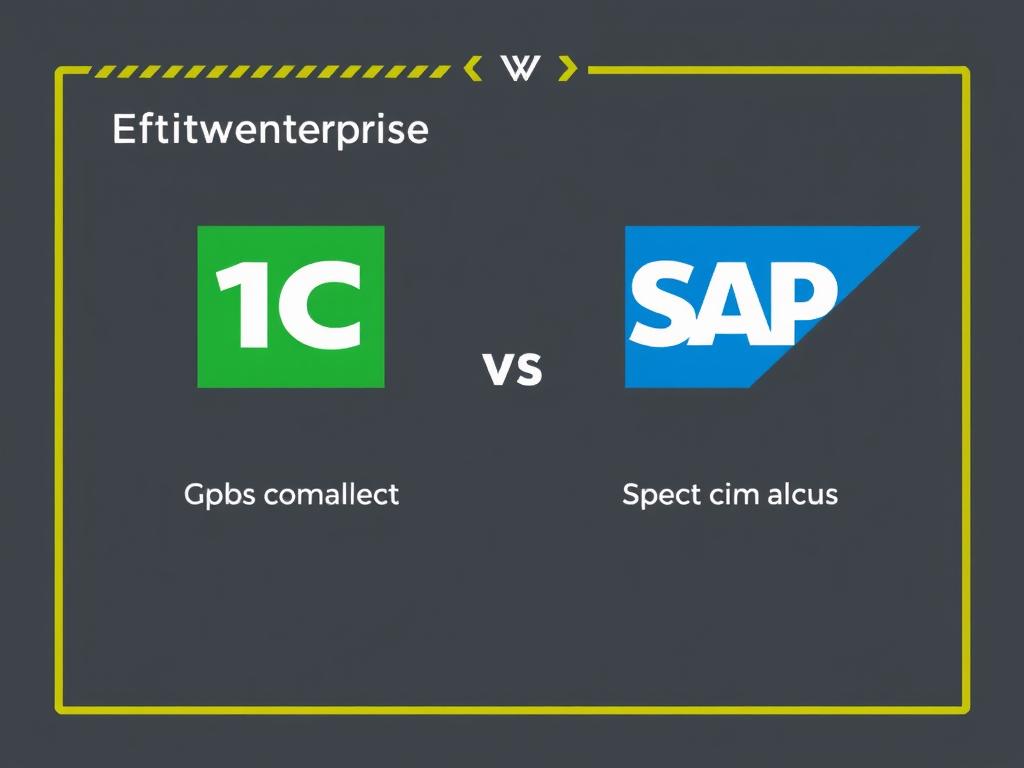
Pricing is often a significant factor when comparing business software. Many organizations find the cost difference between 1C:Enterprise and SAP crucial in their decision-making.
1C:Enterprise generally offers a much lower entry cost. The licensing fees and implementation costs are substantially less than SAP, making it popular among small to mid-sized enterprises (SMEs) and startups. Moreover, the relatively simpler architecture means faster deployment and lower ongoing maintenance expenses.
SAP, in contrast, is known for a higher investment threshold. Licensing, implementation, training, and customization fees can run into the millions, especially for large corporations requiring numerous modules and integrations. However, SAP’s rich features and scalability justify the expense in bigger enterprises.
Here’s an approximate pricing comparison:
- 1C:Enterprise: Licensing starts from a few thousand dollars, depending on the number of users and selected modules.
- SAP: Licensing and implementation typically start around $100,000 and go upward depending on complexity.
Remember, beyond the sticker price, companies need to account for consulting fees, training, infrastructure, and change management investments, which can significantly vary.
Ease of Implementation and User Friendliness
No matter how powerful a software is, if it’s too complicated or takes ages to implement, it can cost the business dearly in lost productivity and frustrations.
1C:Enterprise is often praised for its relatively quicker implementation. Its modular design and availability of ready-made industry-specific templates allow companies to deploy the system with minimal disruption. The platform supports easy adaptation by local IT teams thanks to simpler programming tools and a less bureaucratic ecosystem.
SAP projects usually require longer timelines due to the solution’s complexity and the level of customization typically needed. Implementation can take months or even years for large corporations with intricate global processes. User friendliness varies depending on the SAP modules used, but SAP has invested heavily in improving interfaces recently, particularly with SAP Fiori, which offers a more intuitive and modern user experience.
Key Points on Implementation
- 1C:Enterprise — faster deployment, lower training curve, suitable for regional companies.
- SAP — longer implementation, requires expert consultants, better for complex processes.
Scalability and Global Readiness
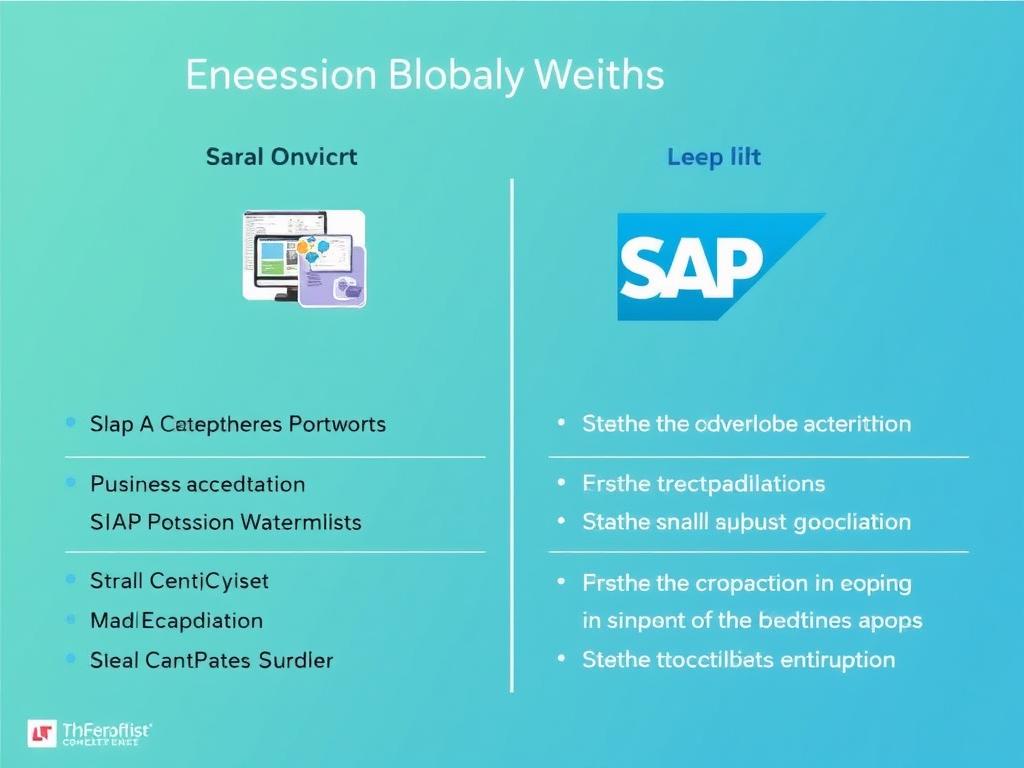
Every business has growth ambitions, making scalability a crucial factor in business software choice.
SAP is built for large, multinational operations. It supports multiple languages, currencies, tax regimes, and compliance standards worldwide. SAP’s architecture is highly scalable, able to handle hundreds of thousands of users and massive transaction volumes without performance degradation. This makes it a preferred system for global corporations and enterprises that plan to expand significantly over time.
1C:Enterprise, while powerful, is traditionally more localized. Its strongest market is Eastern Europe and Russia, though it is gradually expanding. Its scalability is adequate for mid-sized companies but may face limitations in supporting extremely large multinational setups, especially those requiring complex international compliance and reporting.
Customization and Integration: Which One Adapts Better?
The ability to tailor your business software to specific needs and to integrate with other systems is vital.
1C:Enterprise offers a development platform including scripting languages and visual tools to build custom applications and workflows. Many companies appreciate this flexibility for tailoring the system based on local business rules and processes. Integration with other third-party applications is possible but may require additional development effort.
SAP has a notoriously complex but powerful customization framework. Using ABAP programming and standard APIs, companies can create sophisticated extensions, workflows, or even entire new applications. SAP also benefits from a vast ecosystem of certified third-party integrations, enabling smooth connectivity with CRM, BI, and industry-specific tools globally.
Comparison Table: Customization and Integration
| Aspect | 1C:Enterprise | SAP |
|---|---|---|
| Customization Approach | Scripting language + visual designer, low-code options | ABAP programming, APIs, Fiori apps customization |
| Integration | Supports integration with local systems, moderate third-party integration support | Extensive integration with global systems & cloud platforms |
| Flexibility | Excellent for regional business process adaptation | Highly adaptable for international and complex workflows |
Industry Focus: Who Uses What?
Different industries have specialized needs, which influence the choice between 1C:Enterprise vs. SAP.
1C:Enterprise
1C has significant traction in sectors such as wholesale, retail, manufacturing, construction, and services in Russia and neighboring countries. It is especially popular among businesses requiring solid accounting and tax compliance tools tailored to local regulations. Small manufacturing firms and retailers benefit from its easy adaptability and affordability.
SAP

SAP’s strength lies in its presence across diverse industries including automotive, pharmaceuticals, banking, oil and gas, consumer goods, telecommunications, and public services. Large enterprises in these sectors require end-to-end integrated solutions to manage complex supply chains, regulatory compliance, and multi-region operations — areas where SAP excels.
Support and Training: What Can You Expect?
Choosing an enterprise software also means committing to ongoing support and training.
1C:Enterprise benefits from strong localized support through regional partners and a community of developers familiar with local business standards. Training materials are generally straightforward, enabling faster onboarding for end-users and IT staff.
SAP offers one of the most comprehensive support ecosystems in the industry. Its SAP Support Portal provides access to a wide range of resources, from knowledge bases to incident reporting. SAP also runs official training academies worldwide, offering certifications and continuous education to ensure that teams stay current with the latest features.
Summary Table: 1C:Enterprise vs. SAP Key Differences
| Criteria | 1C:Enterprise | SAP |
|---|---|---|
| Target Market | Small to mid-sized businesses, regional focus | Large enterprises, multinational corporations |
| Cost | Low to moderate | High |
| Implementation Time | Short to medium | Medium to long |
| Scalability | Good for mid-sized companies | Excellent for very large organizations |
| Customization | Good, easy customization | Highly complex but powerful |
| Global Reach | Regional, expanding | Worldwide |
Making the Right Choice: 1C:Enterprise vs. SAP
Ultimately, the decision between 1C:Enterprise vs. SAP depends on your company’s specific needs, size, existing technology infrastructure, budget constraints, and plans for the future. Here are some guiding questions:
- Are you a small or mid-sized business operating mainly in Russian-speaking or neighboring markets?
- Do you need a cost-effective, easily customizable solution with good regional support?
- Or are you a large, multinational company requiring end-to-end, integrated, and scalable systems?
- What is your timeline for implementation and training resources available internally?
Answering these questions will help steer your choice effectively.
Conclusion
Comparing 1C:Enterprise vs. SAP reveals two powerful business software platforms but with different strengths suited to distinct market segments. 1C:Enterprise stands out for its affordability, adaptability to local regulations, and relative ease of use, making it ideal for small to mid-sized firms primarily in Russia and Eastern Europe. In contrast, SAP’s comprehensive, scalable, and globally compliant solutions are tailored for large enterprises with complex, multinational business processes. While SAP comes with a higher cost and implementation complexity, its robustness and extensive functionality justify the investment for companies aiming for global expansion and deep operational integration. Ultimately, understanding each system’s capabilities and aligning them with your company’s goals is the key to making an informed, strategic decision in the 1C:Enterprise vs. SAP business software comparison.
